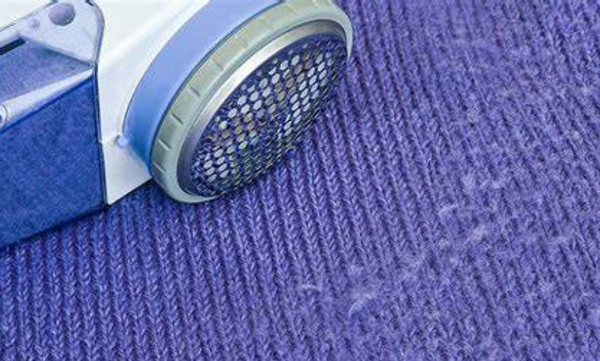
NewsInformation Center
What is ANSl abrasion level 6?
2023/10/19
ANSI abrasion level 6 refers to a specific level of abrasion resistance according to the American National Standards Institute (ANSI) standards. ANSI abrasion resistance levels are a classification system used to evaluate the performance of materials when subjected to abrasive forces.

The ANSI abrasion resistance levels range from 0 to 6, with 0 being the lowest and 6 being the highest. A higher abrasion level indicates a greater resistance to wear and abrasion. Level 6 is considered the highest level of abrasion resistance, indicating excellent durability and resistance to wear.
When a material is rated as ANSI abrasion level 6, it means that it has undergone testing and demonstrated exceptional resistance to abrasion. The specific testing method used to determine the abrasion level may vary, but commonly used tests include the Taber Abrasion Test and the Martindale test.
In the Taber Abrasion Test, a material is subjected to rotating abrasion wheels covered with a specified abrasive material. The material being tested is exposed to continuous rubbing and abrasion under controlled conditions. The number of cycles required to reach a specific level of wear determines its abrasion resistance level. A material that achieves level 6 has shown outstanding durability, withstanding a high number of cycles before exhibiting significant wear.

The Martindale test measures the abrasion resistance of fabrics and textiles. It involves rubbing a fabric sample against an abrasive material in a circular motion. The number of cycles required to reach a certain level of wear determines its abrasion resistance level. Level 6 in the Martindale test indicates a fabric's ability to withstand extremely high abrasion without significant damage.
Products or materials with ANSI abrasion level 6 are commonly used in applications that require high durability and resistance to wear. For example, in the automotive industry, level 6 abrasion-resistant materials may be used for seating upholstery, floor coverings, or other components subjected to frequent rubbing and friction. Similarly, in the industrial sector, level 6 abrasion resistance may be required for conveyor belts, gaskets, or protective linings that come into contact with abrasive substances.
It's important to note that the ANSI abrasion resistance level is just one factor to consider when selecting materials or products. The specific requirements of each application should be taken into account, and other factors like chemical resistance, flexibility, and strength should also be considered in conjunction with abrasion resistance.
In conclusion, ANSI abrasion level 6 signifies the highest level of abrasion resistance. A material or product with this rating has demonstrated exceptional durability and resistance to wear, making it suitable for demanding applications where prolonged exposure to abrasion is expected.
Previous: What is the lSO standard for the roughness test?
N e x t : What is ASTM C1353 abrasion resistance?



